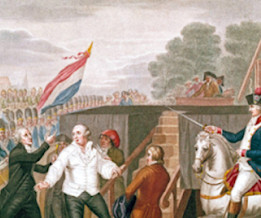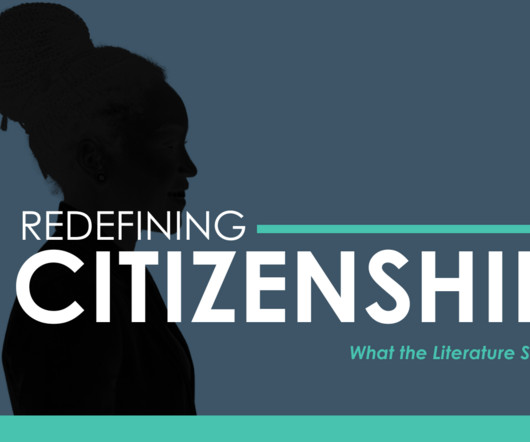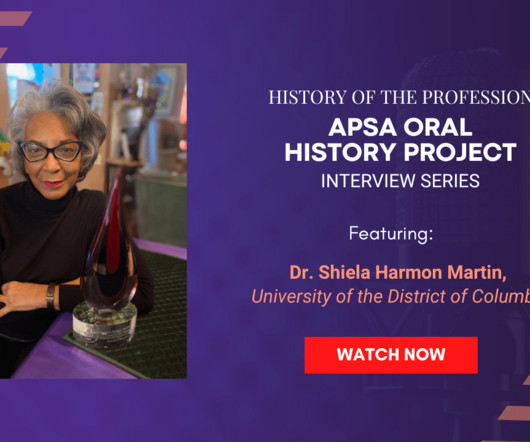The French Revolution: Senseless Violence?
World History Teachers Blog
NOVEMBER 30, 2024
Teaching the French Revolution? Was it just ten years of senseless killing? That's what columnist Peggy Noonan suggested in an essay for the Wall Street Journal. Two historians, Mike Duncan, a revolutionary history podcaster, and David A. Bell, a history professor at Princeton, took Noonan to task on Twitter for not knowing her history. Both historians suggest that the revolution, while horrifically violent, made significant contributions to the world.












































Let's personalize your content